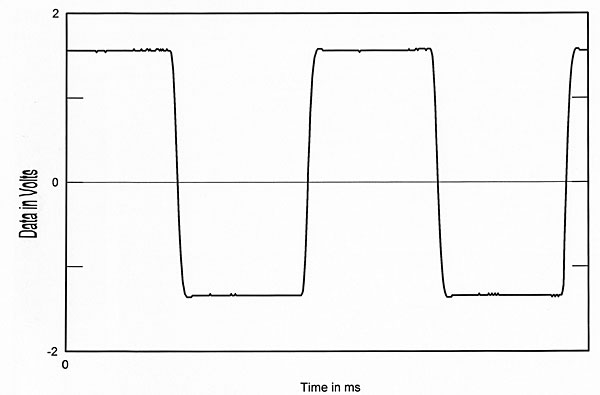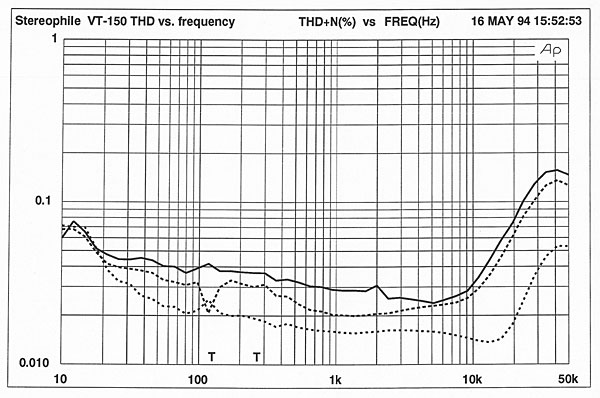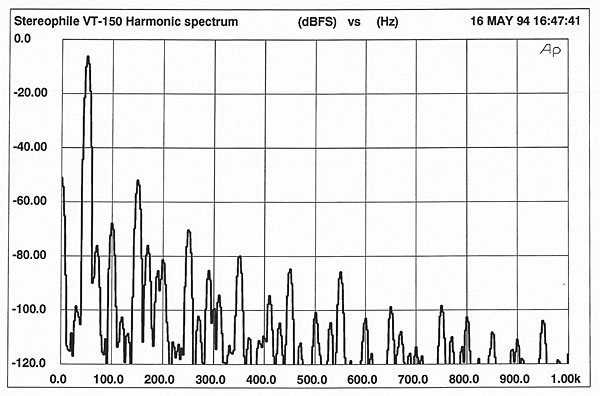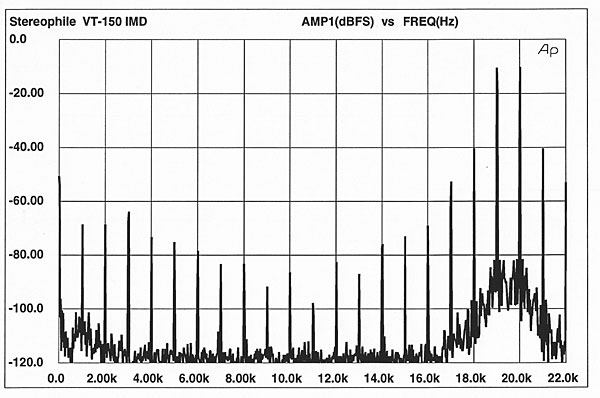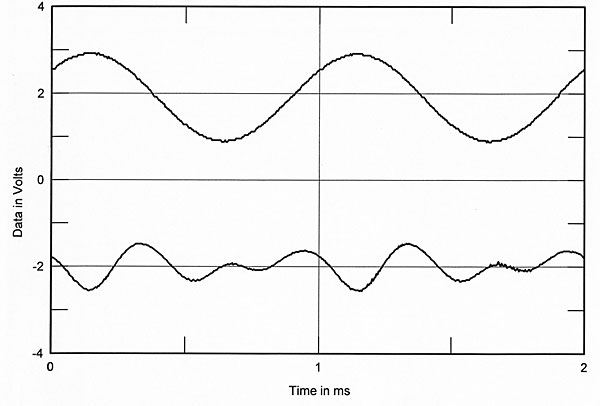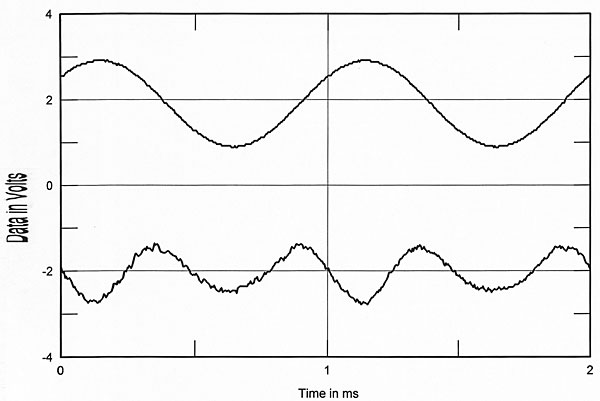| Columns Retired Columns & Blogs |
... 40dB below the fundamental, one has to wonder whether you're listening to the music or to the distortion?
Is it those relatively high levels of both harmonic and inter-modulation distortion that contribute to the allegedly "magic" sound quality?
Did RH ever compare the VT-150 with the Threshold S/550e?
